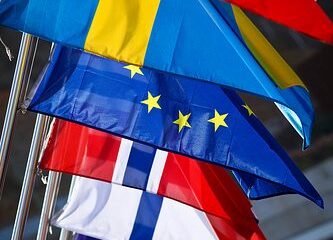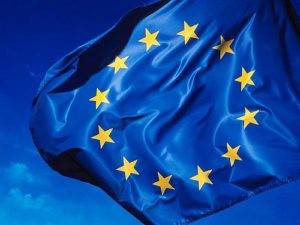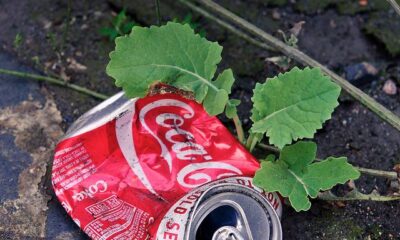

Economy
EU Commission Issues Circular Economy Package With Weaker Waste Targets
The European Commission has released a set of proposals aiming to make Europe more resource-efficient, but most of the legally binding targets have been watered down compared to the previous 2014 package.
Proposals issued today include a legally binding recycling rate of 65% across the EU by 2030 and a maximum limit to the amount of household waste that can be landfilled at 10% by the same year. The package also includes a new Ecodesign working plan aimed at setting product design requirements for manufacturers so that goods are made to last longer and are more repairable and recyclable.
However, the waste targets are all weaker than those proposed in the 2014 version of the package, which the Commission withdrew with the sole argument that this was necessary to deliver more ambition.
– Circular Economy Package could cut EU greenhouse gas emissions by 2-4% every year
-But weaker recycling targets than previous proposal will mean lower greenhouse gas emissions reductions and 110,000 fewer jobs in the UK, Germany, Poland and Italy
– As the EU urges ambitious climate action at COP21, the Commission fails to walk the talk
Stéphane Arditi, Policy Manager for Products and Waste at the European Environmental Bureau, commented: “The Commission has failed to deliver on its promise to come with a more ambitious proposal. The addition of some nice initiatives does not offset the fact that the legally binding core of the package, notably the waste targets, is weaker than in last year’s proposal. We’ve ended up with a wasted year and a proposal that is less ambitious.
“Lowering the recycling targets compared to last year’s proposal means that more waste will be sent to landfill or incineration plants. This is a missed opportunity because recycling creates more jobs and causes fewer emissions than either landfill or incineration.
“Europe has no choice but to become more efficient with the resources it uses. A growing global population and increased demand for the planet’s materials is forcing this. But for it to happen fast enough European Parliament and the Council of Ministers will need to inject more life into this proposal, so that the EU can lead globally in this crucial area.”
A circular economy is an economic model where resources and materials are continuously re-used and recycled to reduce waste and pressure on the earth’s natural resources. Estimates from recent studies show that a circular economy could create 2 million new jobs, save European industry costs worth over €600 billion and lead to greenhouse gas emission reductions of between 2% and 4% every year.


 Environment10 months ago
Environment10 months agoAre Polymer Banknotes: an Eco-Friendly Trend or a Groundswell?

 Environment11 months ago
Environment11 months agoEco-Friendly Home Improvements: Top 7 Upgrades for 2025

 Features9 months ago
Features9 months agoEco-Friendly Cryptocurrencies: Sustainable Investment Choices

 Features10 months ago
Features10 months agoEco-Friendly Crypto Traders Must Find the Right Exchange





























